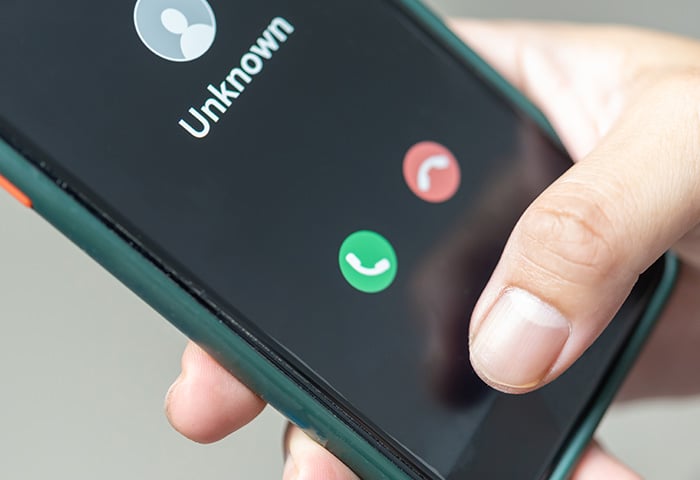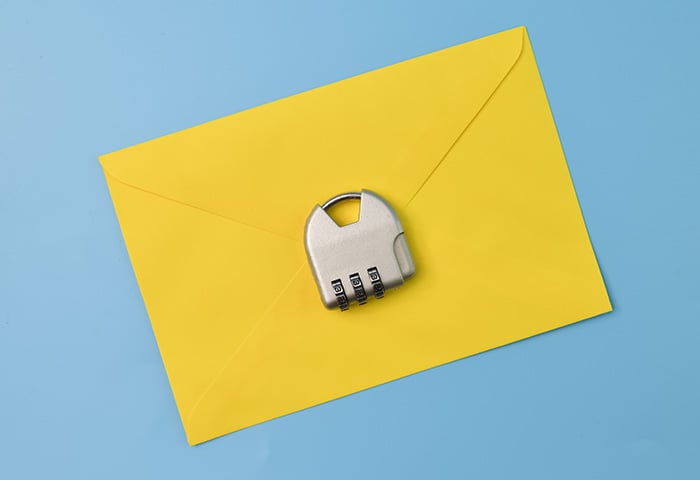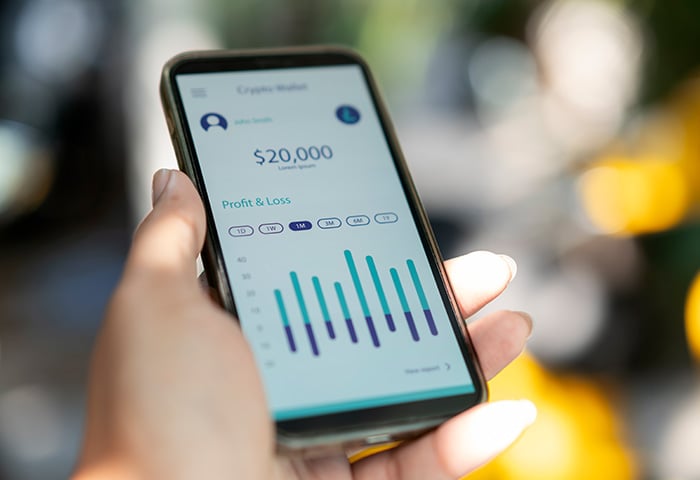What is Google Takeout?
Google Takeout is a platform released in 2011 that allows Google users to conveniently access and download the data in their accounts. The tool was created by the Google Data Liberation Front, a team of Google engineers responsible for assisting users in obtaining their Google data.
With Google Takeout, you can download your data from any Google service you’ve used, such as Gmail, YouTube, Calendar, Google Maps, Google Play, or Google Pay.
What data can I download using Takeout?
Some of the data you can access via Google Takeout includes:
-
Any files on Google Drive
-
Your contacts
-
Your bookmarks and history in Chrome
-
YouTube history and comments
-
All your emails and attachments in Gmail
-
Your location history in Google Maps
When opening the Takeout page, you can download your entire Google data profile, or select the data from certain apps only.
Download your data from Google Takeout in three simple steps
We’ve compiled these quick and easy Google Takeout instructions to show you how to download your Google data before you can count to one googol (that’s a 1 followed by 100 zeroes). Let’s get started on your Google Takeout download.
Step 1: Select the data you want to download
When you navigate to Google Takeout, you’ll see a list of all the Google services that have collected and stored data on you. Be prepared for a long list — Google knows a lot about you.
Uncheck the boxes next to any services you don’t want to include in your download. Alternatively, you can click Deselect all and then select particular services one by one.

Some services, such as Chrome and Calendar, will offer you additional choices about which data you’d like to download. For example, click All Chrome data included to narrow your choices.

You’ll see a dialog box showing you all the Chrome data you can access. Make your selections and click OK.

After choosing all the data you want to access, scroll to the bottom of the list and click Next step.

Step 2: Choose your preferred delivery method, frequency, and file type
Here, you’ll decide how you’d like to receive your new Google archive. The default setting is to get a link to your archive via email. Click the drop-down menu under Delivery method to choose a different delivery option.
You can also choose to export your data just once, or to receive multiple exports on a rolling basis. Finally, choose your preferred file type and maximum file size using the drop-down menus under File type & size.
When you’re ready to move on, click Create export.

Step 3: Download and save your Google archive
Google will now create your data archive — and if you’re exporting a large amount of data, get cozy and be prepared to wait. When it’s done, you’ll be able to download it directly from Google Takeout. You’ll also receive your archive via the delivery method you chose in the previous step.
To download your Google archive now from Google Takeout, click the Download button next to your new archive.

Why downloading your Google data is a good idea
It’s smart to investigate what Google and other tech companies know about you. Between data collection and the widespread use of tracking cookies and related technologies, there are many companies who know you quite well based on the digital trail you leave throughout the day.
The main purpose of Google Takeout is to collect all your account data if you’re planning to leave Google and switch to another service provider. You can export all your contacts, emails, and calendar appointments, and then load them right back up onto your new platforms.
But that’s not the only reason you can and should check out Google Takeout. If you’re wondering what Google knows about you, poke around and take a look — and if you find they’re storing data that you’d rather they not keep, you can pop into your Google account settings and set some limits. Click Manage your data & personalization to see your options.

If you haven’t been practicing safe and secure browsing habits, you may be surprised by how much information you’re leaking out into the internet. And when you know the type of personal data that internet companies can collect, you can make better decisions about how you control that data, who has it, and what they can do with it.
For example, data brokers are companies that aggregate personal data about millions of internet users, including you, and then sell that data to third parties — often for use in marketing or advertising campaigns. And the more your personal information is moved around and sold for profit, the higher the risk of its exposure.
AVG BreachGuard protects you against both data sales and data fraud by contacting third-party data brokers and requesting that they remove your data from their registries. And if your data is leaked and winds up on the dark web, BreachGuard will detect that and alert you immediately.
In addition to all that, AVG BreachGuard features a built-in privacy advisor that helps you create robust privacy settings for apps like Facebook and Google Maps, so you can still enjoy all the benefits of those services without risking the exposure of your personal information. Download AVG BreachGuard today and take control of your data.
Why does Google store my data in the first place?
A lot of the data that Google stores is necessary in order to deliver the services you’re using. Handling all your emails and files would be quite challenging if Google couldn’t store your data in Gmail or Google Drive. Google also uses some of your personal information for security purposes — for example, to set up two-factor authentication using a mobile phone, you need to give Google your phone number.
When searching on Google, you might notice that Google autocompletes your searches with a high degree of accuracy. That’s because Google uses data from previous searches that other people have made and combines that with your personal search history to deliver relevant results more quickly. Google also uses your location to serve up relevant results when you search for physical entities like restaurants or businesses.
Google uses your data to “help” you in other ways as well, such as by delivering targeted advertisements in your Google searches. When companies buy ads on Google, they can target their ads according to Google’s user demographics — and that’s where your data comes in. Based on your personal information, preferences, and internet activities, Google can show you ads that are more likely to grab your attention. If you find that practice a bit too intrusive, you can adjust your settings so that Google no longer shows you personalized ads — and maybe consider using an ad blocker.
To learn more, check out our dedicated guide on how Google uses your data.
What kind of data does Google keep about me?
Google collects a wide variety of data about you, including the personal information you provide while setting up an account and everything you do while using Google services. Here are a few examples of each type.
Information you give:
-
Your name and birthday
-
Your phone number
-
Emails you write or receive in Gmail
-
Docs, Sheets, and Slides on Google Drive
Things you do:
-
Ads that you click or view
-
Videos you watch on YouTube
-
Your Google search history
-
Your location history
Head over to Google’s Data Transparency page to see all the data that Google collects. Their Privacy Controls page allows you to select or limit the data that Google collects and how it can be used.
How is Google gathering the data?
Much of what Google knows about you is based on what you tell them when creating an account or using Google services. If you use Gmail, Google has to manage your emails. The same goes with your contacts, calendar, and any files you create on Google Drive.
When you’re signed into your Google account on Chrome, Google also tracks your online activities, including websites you visit and searches you conduct. You can limit the collection of this data and also delete Google’s records on your Data & Personalization page.

Protect your personal data with AVG BreachGuard
If you’re concerned about the access companies have to your personal data, you’re not alone. And while Google doesn’t sell your data to third parties, data brokers do. These large corporations — many of which most people have never heard of — can create detailed, secretive profiles with your personal information and sell them to financial institutions, insurance companies, advertisers, and other interested parties. Regrettably, these brokers can sometimes be hacked.
The more your personal information is shared and sold, the greater the likelihood that it could be exposed. Thankfully, AVG BreachGuard vastly simplifies the complex process of removing your personal info from data-broker databases, helping to ensure that your online accounts remain secure.
AVG BreachGuard also proactively defends your data with 24/7 privacy risk monitoring. We’ll scan the dark web to detect whether your personal information has been leaked and monitor your browser to check for previously breached credentials. In the unfortunate case that your data has been leaked, AVG BreachGuard will alert you and show you what to do to limit the fallout.
By reacting immediately in the event of a leak, AVG BreachGuard defends your online privacy and limits the risk that your personal data is ever used to commit identity fraud. Regain control of your data today with AVG BreachGuard.























